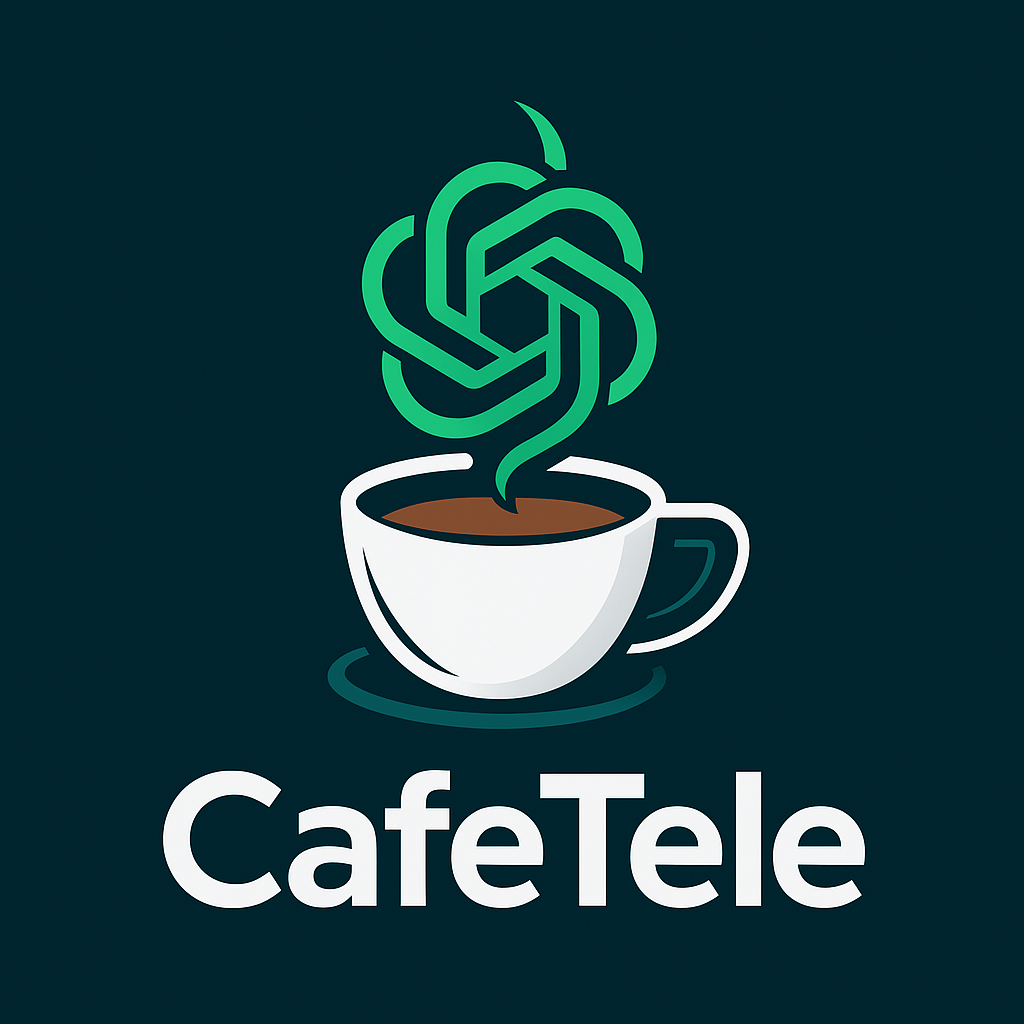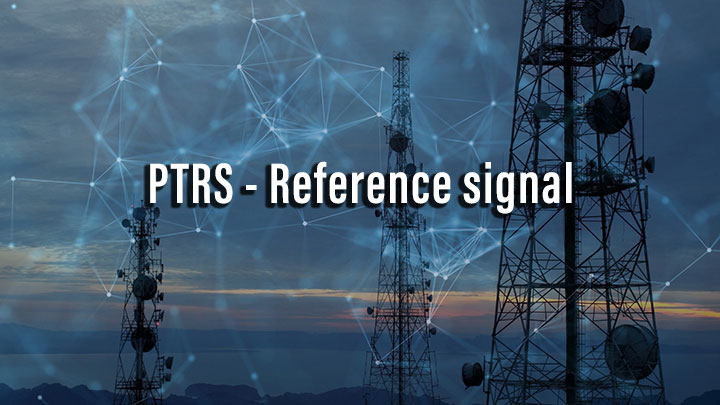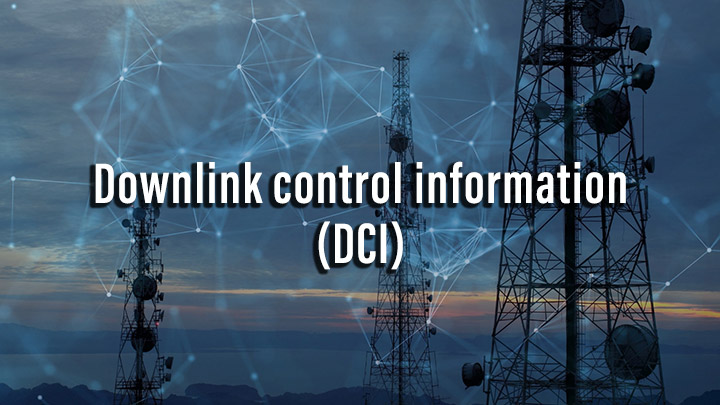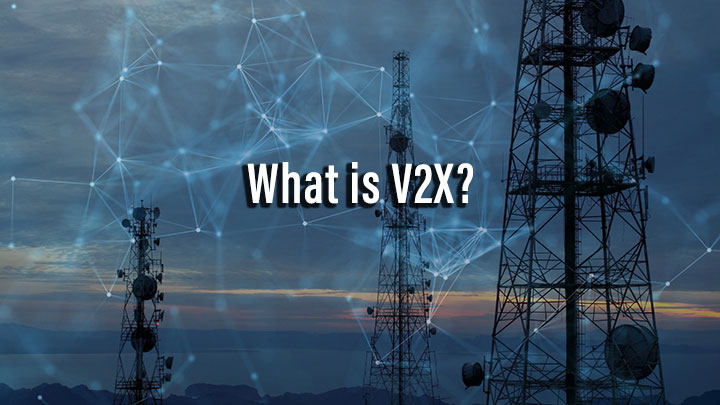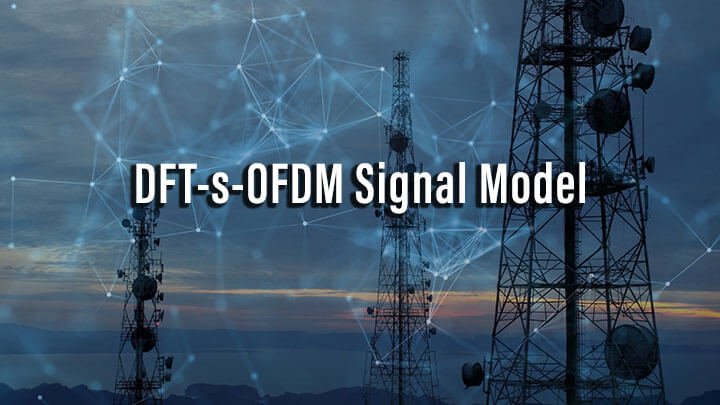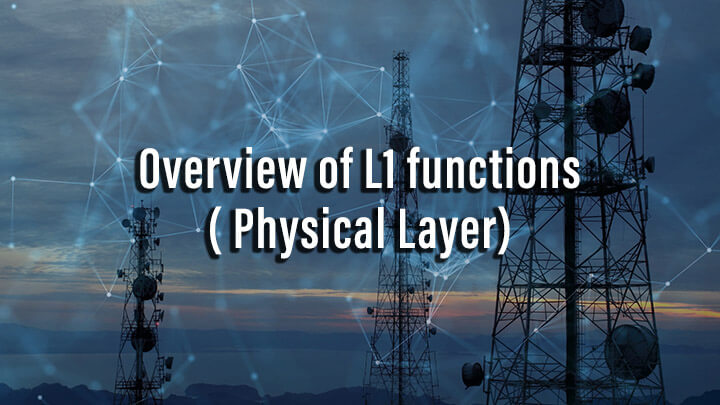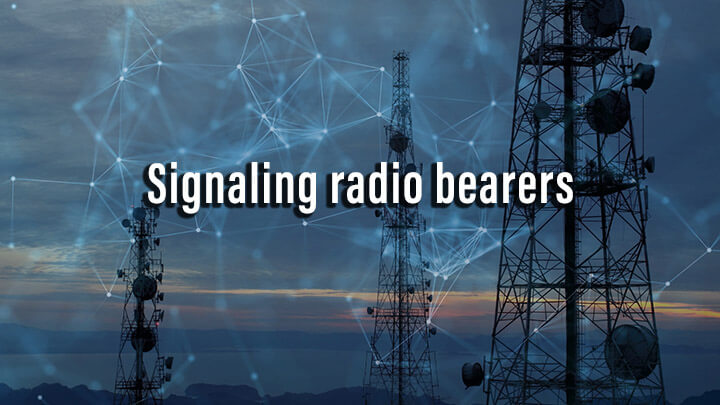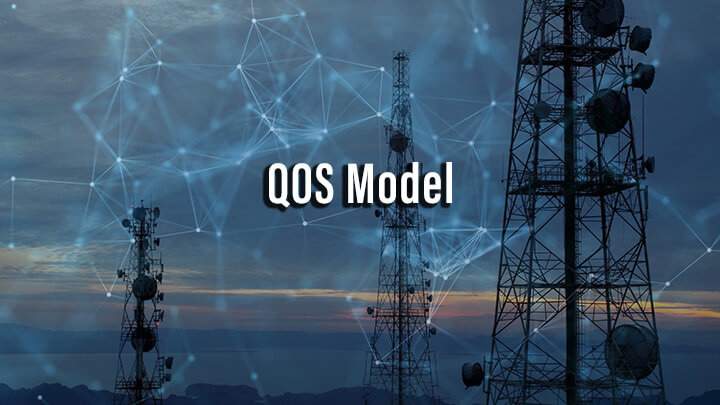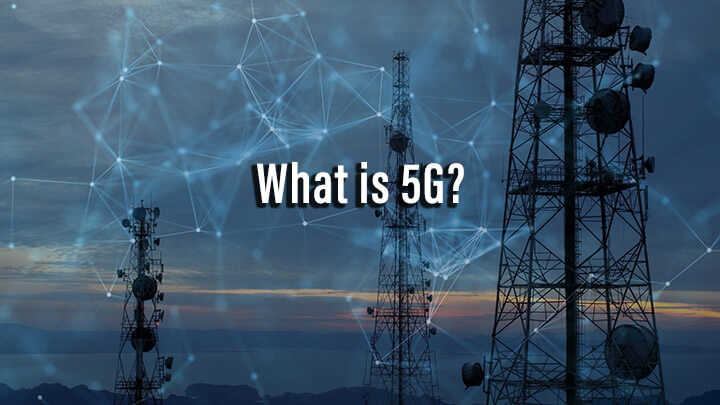PTRS – Reference signal
Phase Tracking Reference Signal (PTRS) PT-RS use is mainly to estimate and minimize the effect of CPE on system performance. Due to the phase noise properties, PT-RS signal has a low density in the frequency domain and a high density in the time domain. PT-RS always occurs in combination with DM-RS and only when the…
